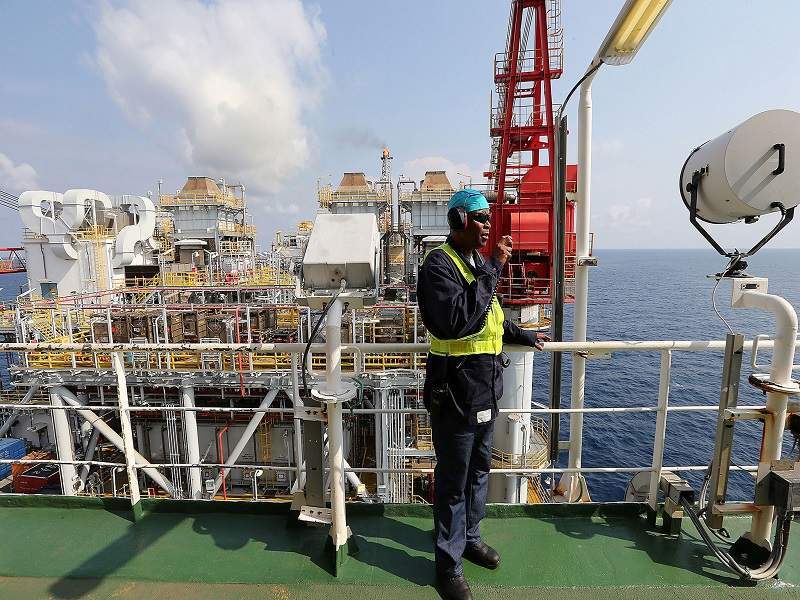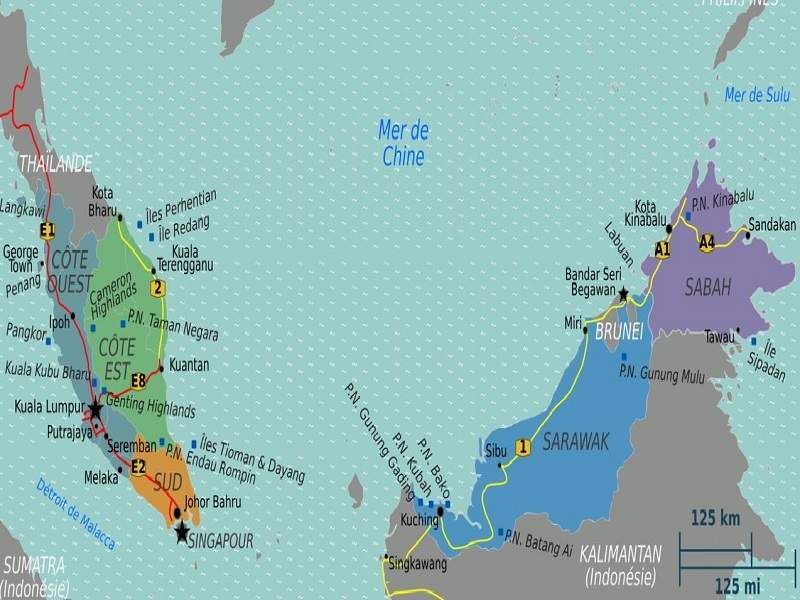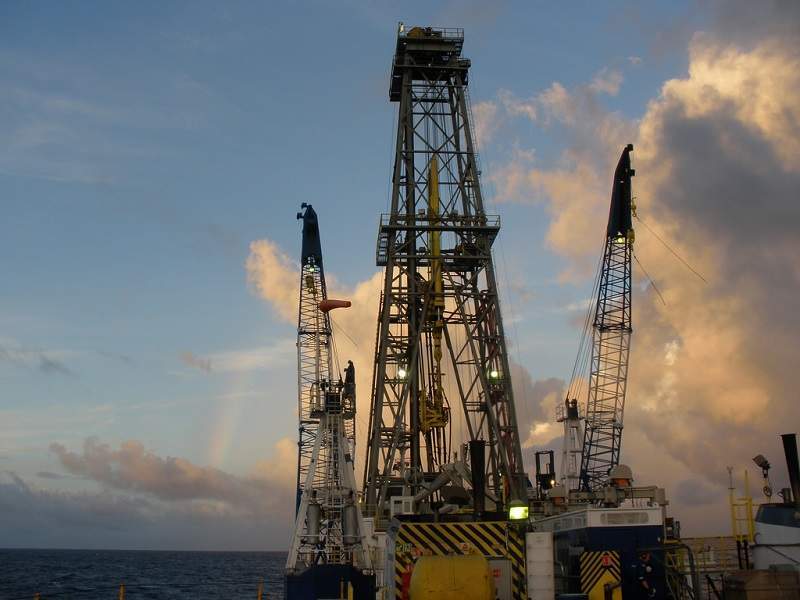SK408 gas field comprises five gas discoveries located in the Central Luconia gas province 120km offshore Sarawak, Malaysia. The five gas fields include Gorek, Larak, Bakong, Teja, and Legundi.
Located in shallow waters, the SK408 block covers a total area of 4,480km². The partners in the Block SK408 are Sapura Exploration and Production (Sapura E&P) (formerly SapuraKencana Energy Sarawak, 40%), PETRONAS Carigali (30%) and Sarawak Shell Berhad (30%).
Sapura E&P is a wholly-owned subsidiary of Sapura Energy and the operator of the Block SK408. It is the developer and operator of the Larak and Bakong gas fields, while Sarawak Shell Berhad is the operator of the Gorek gas field.
First gas from the SK408 development was announced in January 2020, following the commissioning of the Larak gas field at the end of December 2019.
Block SK408 gas fields discovery
The SK408 gas field development project involves five gas discoveries made in the Block SK408 by Sapura E&P during its 2014 drilling campaign. The drilling programme was a part of the SK408 production sharing contract signed between Sapura E&P, Petronas Carigali and Shell in December 2012.
The contract included a commitment to drill ten wildcat wells in Block SK408 by Sapura E&P.
Four offshore wells were drilled in June 2014, which led to the discovery of natural gas in the Late Miocene Carbonate reservoirs. The Teja-1 discovery well led to the discovery of Teja gas field. The well lies south-east of the Cili Padi gas field and struck 219m of gross hydrocarbons column.
The Gorek-1 discovery well led to the discovery of the Gorek gas field. The well is located south-east of the F23 gas field and discovered a gross gas column of 235m.
Legundi-1 was the third well drilled in a down-flank location and led to the discovery of the Legundi field. The well encountered a 139m gas column.
The fourth well named Larak-1 was drilled to the south of F6 gas field in a down-flank location. The well led to the discovery of the Larak field and encountered a 333m gross gas column.
Bakong-1 was the fifth and final well drilled in the block in August 2014, which led to the discovery of the Bakong field. It encountered a 600m gross gas column in the Late Miocene Carbonate reservoirs.
The five gas discoveries are estimated to contain a total of three trillion cubic feet (tcf) of gas in-place.
Exploration of Block SK408
Sapura E&P drilled three exploration wells targeting the Late Miocene Carbonate reservoirs in block SK408 as part of its 2015 drilling campaign.
The Jerun-1 well located 5km north of the Bakong gas discovery encountered a gross gas column of 800m, while the Jeremin-1 well located 15km west of the F9 gas field encountered a gas column of 104m.
The third exploration well, Putat-1, was drilled 20km north of the Cili Padi gas field, but did not encounter any hydrocarbons.
SK408 gas field development details
The development of the gas discoveries in block SK408 is being carried out in phases. The first phase comprises the development of the Gorek, Larak and Bakong gas fields.
The final investment decision (FID) for the development of the three fields was taken in April 2018. The FID was taken following the approval of the field development plan by Petroliam Nasional Berhad (PETRONAS). The gas sales agreement for phase one of the project was also signed.
The gas fields are being developed using three different wellhead platforms, which are tied-back to the F6 processing and compression facility operated by Sarawak Shell. The produced gas is transported onshore to the Petronas Bintulu LNG complex.
Contracts awarded
McDermott International was contracted for the transportation and installation of offshore structures, including the jackets and topsides, as well as the pipelines for the Gorek, Larak and Bakong gas fields in February 2019.





